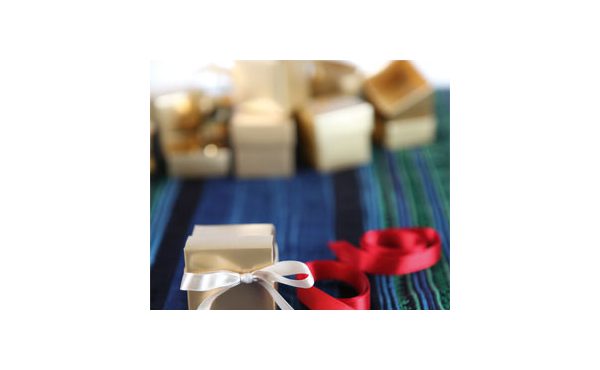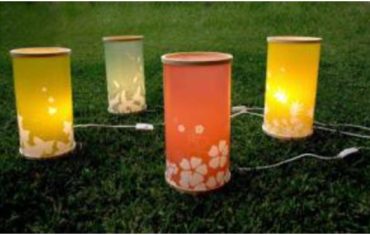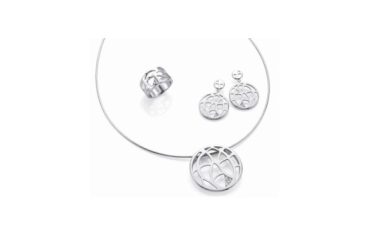research by victoria university lecturer elizabeth porublev on the way wrapping is used and what it says about the relationship between present giver and receiver reveals there are socially acceptable standards when it comes to the presentation of a present.
three types of gift wrappers were identified in the study: passionate wrappers, conventional wrappers and detached wrappers.
“passionate wrappers believe gift wrapping is highly relevant to gift giving,” she says. “they believe they are more than capable of wrapping a gift and will often take risks with gift wrapping techniques and styles as a source of personal creativity.
“[conventional wrappers] believe gift wrapping contributes to social bonds between the giver and receiver. they wrap because it is expected and as receivers, they like to receive gifts that are wrapped.
“[detached wrappers] will only wrap gifts when they feel it is required and are the most likely to outsource gift wrapping to a third party.”
the study revealed detached wrappers can be judged for not meeting social expectations but not as harshly as non-wrappers because they have made a choice not to follow the social norm.
“people have come to expect that a gift should be wrapped. a naked gift can indicate the low worth of relationship or that the giver has an unwillingness to personally invest in the gift.
“just as we remove price tags to remove all commercial aspects of the gifts, wrapping extends that process of turning a commodity into something sacred,” she explains.
porublev undertook the study as part of her phd titled, unwrapping the relevance of gift wrapping. her interest in the topic was sparked by a year long stay in japan where she noticed how beautifully gifts were presented.







